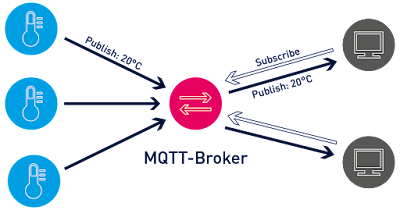▷ Practica 8 #PlcLab: WebServer PZEM-014/016 AC Energy Meter
Repositorio:
Materiales:
- 1 PLC-LAB
- 1 Sensor PZEM016 (Link)
Requisitos previos:
API REST
El API REST es un conjunto de requisitos que permite la comunicación de datos entre diferentes aplicaciones. La ventaja de crear una API en nuestro ESP32 es que podemos permitir que otras aplicaciones puedan solicitar datos de nuestros módulos RS485, cuando sea necesario.
Código Principal:
Capturas:






Comments
Post a Comment